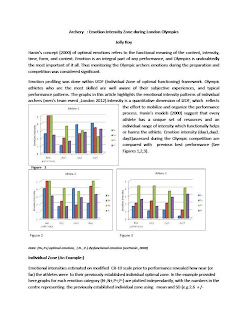Little Big Men is part of ESPN's 30 for 30 series. This documentary focuses on the 1982 Little League baseball champions out of Kirkland, Washington, their amazing run to the championship, and the aftermath of their fame.
Release Year: 2010
Rating: NR (no bad language)
Length: 55m
For more information, view its page on ESPN Films: 30 for 30.
- Youth Sports: The focus of the movie is on the experience of the children who were a part of this team. Several youth sport issues come up throughout the movie, including practicing because they wanted to (not because they were forced to), developmental differences (Cody Webster could throw a 75mph fastball at age 12), burnout (baseball wasn't fun after the Little League World Series), and the amount of pressure placed on youth athletes following success (just because a kid is good at 12 does not mean that kid will be good at 18).
- Parents/Family: Parents played a small role throughout the movie. The kids' parents were supportive and encouraged their kids to play, but they never forced them to play against their will. Following their success, however, parents (of opposing teams) turned nasty, directing insults and slurs towards Cody Webster, which ultimately caused him to stop enjoying the game.
- Media: Because of the time period, this became a major news story across the country. Twelve-year-old kids were thrust into the national spotlight, and an inordinate amount of pressure and focus was placed on Cody Webster (he was dubbed "America's Youngest Folk Hero"). The now-adult players commented that the innocence of youth was stripped away by the superstar attention they received.
- Underdogs: Taiwan was a heavy favorite. They had won 9 of the previous 11 LLWS titles (and one of those years all foreign teams were banned). They were on a 31 game winning streak at the LLWS, while Kirkland was this small unknown town that came out of nowhere. Despite this, the players on Kirkland always believed they could win.


